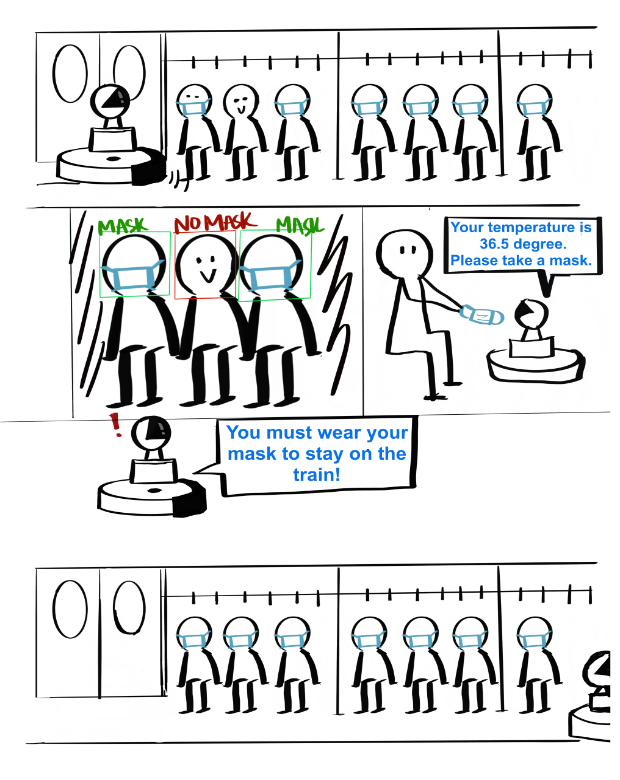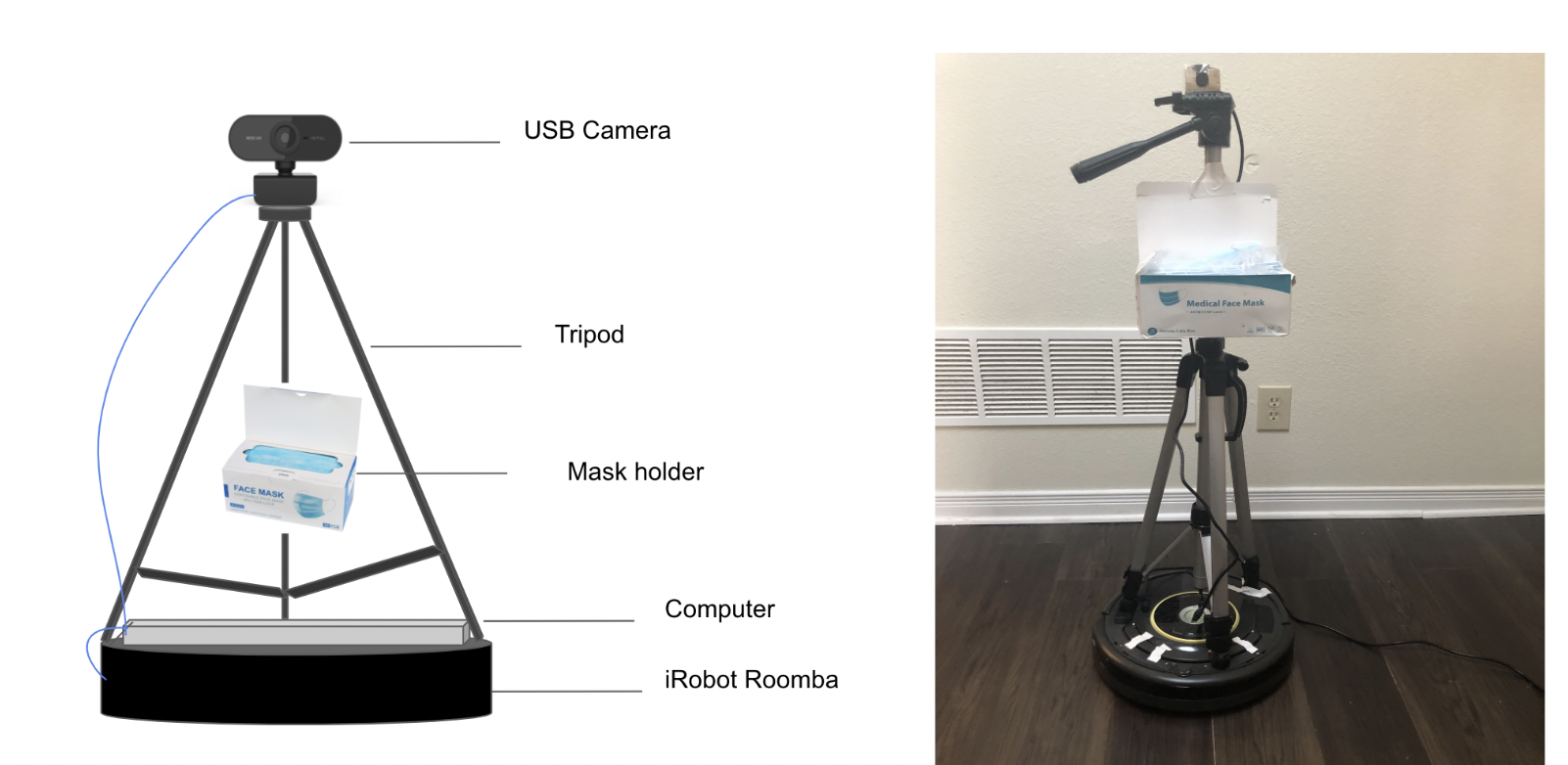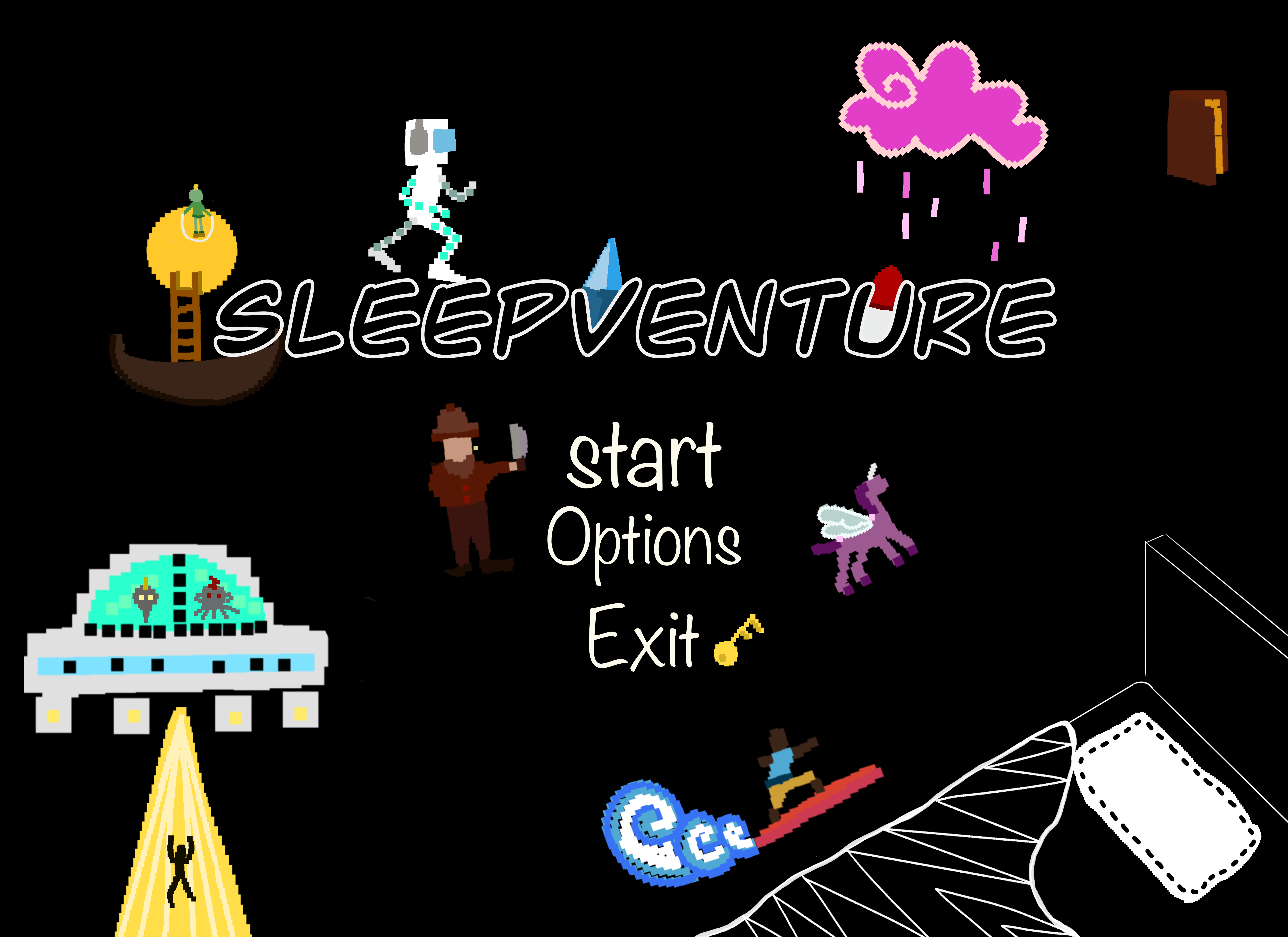-
Winter 2022 Applying Agent-Based Modeling in Learning of COVID-19 Transmission

Mentored by Prof. Uri Wilensky
This project is motivated by the COVID-19 pandemic. In the past 7 days, an average of 152,695 new cases were reported daily. I used NetLogo platform and the HubNet extension to build two microworlds that could simulate the COVID-19 transmission risks. Both microworlds will simulate a group of students who go to school daily and continuously track the number of positive and negative cases. This project will be used to help audiences learn about the effectiveness of each safety measure that would help prevent the spread of the disease, such as wearing a mask, getting vaccinated, maintaining social distancing, and isolation. Based on the barrier of the basic statistic knowledge, the project would be presented in a high school classroom. Students could play with the value of each parameter and identify any interesting patterns or rules inside the model from their calculation and observation.* Softwares can be downloaded HERE
-
Fall 2021 Rapid Application prototyping
Mentored by Prof. Chris Riesbeck
We developed three Webapps using ReactJS and Firebase in three months.
DinnerDuels
Have trouble deciding on restaurant when hangout with friends? DinnerDuels can help you make this process playful and easy!
Demo Video
Book Barter
Trade previously read books for ones you haven't read before! This app allows users listing books they want to exchange with others
Demo Video
PawParty
Find your doggie a playdate! In PawParty, you can create a profile for your dog and join/create a pawparty nearby!
Demo VideoSpring 2021 Face Mask Detection Robot


Mentored by Prof.Byung-Cheol Min
Presentation + Demo Video
To protect the safety of passengers, we built a face mask detection robot, that is able to check the mask-wearing in a public transportation scenario.
The robot includes:
Face mask detection algorithm to track masks and human faces
Driving control to enable the robot move to the preset locations
Speech synthesizer to notify the passenger
UDP Communication is used to connect the detector and the main programFall 2021 Sleepventure

Sleepventure is a first-person adventure game. The game is broken up into two worlds: the 3D world that the player lives in and the 2D world the player enters when he falls asleep. The story has an exaggerated real-world setting during the COVID-19 pandemic. The character works from home every day, and does daily tasks - attending zoom meetings, working, and watching TV. Once the character finishes his daily tasks, he will go to bed and fall asleep. Then, dimensionality reduction will take place and the character will be sent to a random 2D world with a random role and scenario. The character may become a warrior from an ancient empire, a space shuttle captain, a kid in kindergarten, or an alien from the planet Flucan (inspired by Vulcan from Star Trek). There are different primary goals for each scenario in the 2D world but the ultimate goal is to finish the map and reach the destination. Once the character finishes the map, runs out of time, or dies midway, the character will be automatically sent back to the 3D world and wake up. The character needs to perform his daily routines again, in order to get tired enough to sleep.
The 3D world is depicted as dystopian where the character sufferers every day, and the 2D world, in contrast, becomes a utopia for the character to escape from reality. As the character enters the 2D world more often, he grows increasingly to rely on fantasy and wants to stay longer in the 2D world. With the hidden guides from the 2D world, (i.e. “Everything you see and experience is fake”), he questions himself if the 3D world is a hoax and the 2D world is the actual reality he belongs to. Finally, the character decides to swallow half a bottle of sedative hypnotics to stay in the 2D world forever, and the game ends.
So, what is REAL?
- © 2023 Kana Huang
- kanahuang126@gmail.com
- Design: HTML5 UP